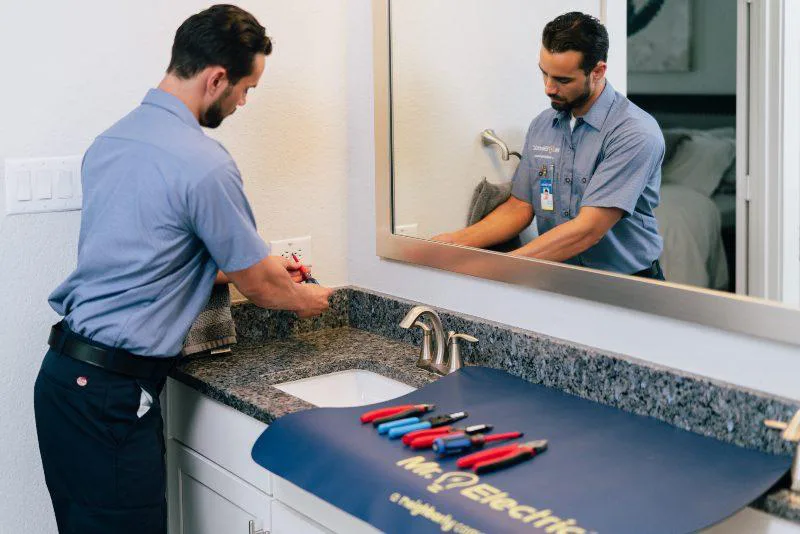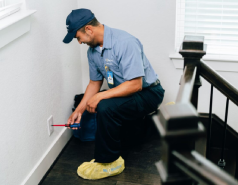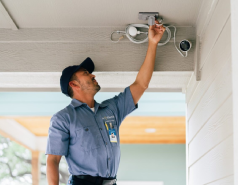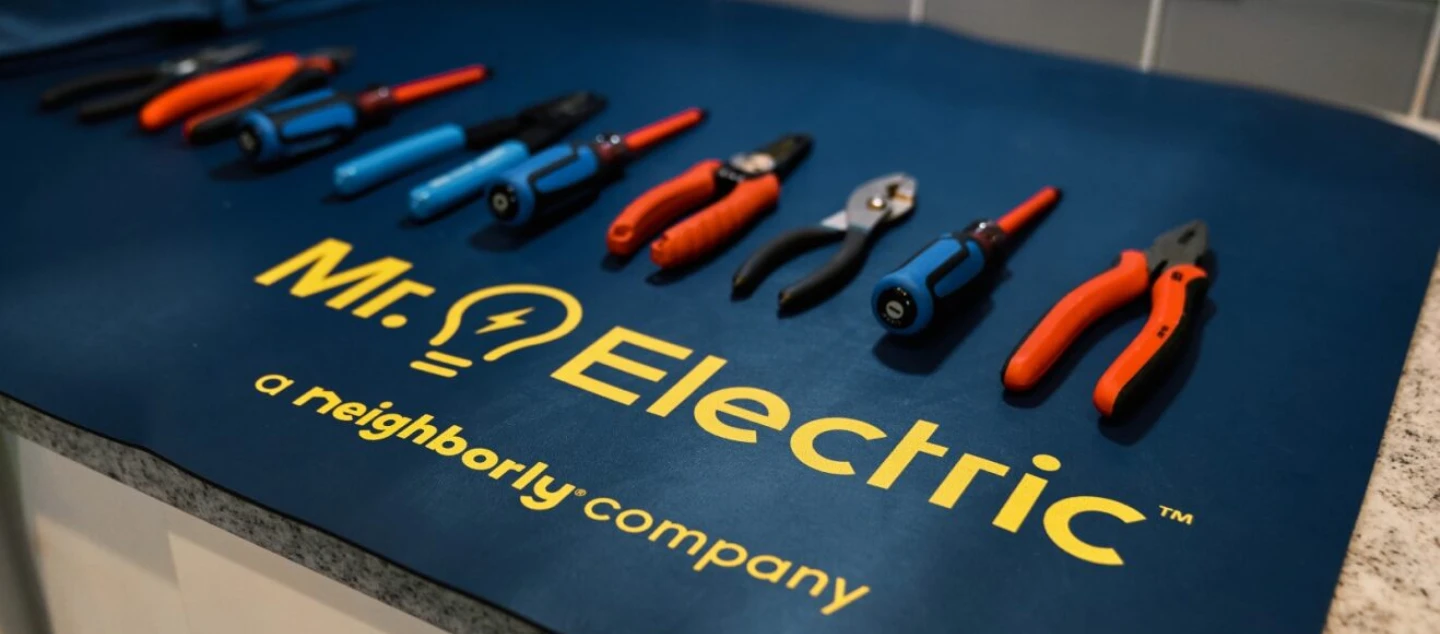Since their invention in 1965, ground fault circuit interrupter (GFCI) outlets have been instrumental in preventing electrocution. These outlets are easily identifiable by their "Test" and "Reset" buttons and are typically found in areas where water and electricity are in close proximity. In spaces like kitchens, bathrooms, and laundry rooms, GFCI outlets provide an essential layer of safety and are required by the National Electrical Code (NEC) in many cases. If your Savannah, GA home lacks GFCI outlets in the necessary locations, Mr. Electric of the Coastal Empire can help. Our professional electricians will assess your home’s electrical system and recommend where GFCI outlet installation is needed to improve safety and compliance.
What Is a GFCI Outlet?

Are GFCI Outlets Required by Electrical Codes?
Over the years, the National Electrical Code has expanded the list of areas where GFCI outlets are mandatory due to their proven safety benefits. Initially required only for pools and spas, they are now necessary in nearly all moisture-prone areas. If your home lacks GFCI protection in the following locations, Mr. Electric of the Coastal Empire can bring your system up to code:
- Pools and spas (since 1971)
- Outdoor outlets (since 1973)
- Bathrooms (since 1975)
- Garages (since 1987)
- Kitchen countertops (since 1987)
- Crawlspaces and unfinished basements (since 1990)
- Wet bars (since 1993)
- Laundry and utility rooms (since 2005)
Your GFCI Outlet Installation Questions Answered
Electrical safety questions pop up frequently for homeowners and business owners. We get calls daily about ground fault circuit interrupter outlets and their installation requirements. Mr. Electric of The Coastal Empire is here to answer all your questions about GFCI outlet installation in the Savannah, GA area.
Residential & Commercial Services
-

Electrical Safety
Learn more Electrical SafetyElevate your electrical safety with our range of services, from inspections to surge protection
-

Repair
Learn more RepairRepairs including lighting and electrical, should be performed by a professional electrician
-

Installations
Learn more InstallationsTrust our professionals for all your installation needs including panel upgrades, EVSE, and more
-

Lighting
Learn more LightingFrom ballast & bulb replacement to commercial, bathroom & kitchen lighting, we’ve got you covered

Join Our Team

Your Source for Local Home Service Experts
Neighborly brands repair, maintain, and enhance properties — to make life easier and more enjoyable for homeowners. Our consistency and quality work are the basis for everything we do, and are what make us a leader in the home services space, as we constantly strive to "be so remarkable, we become a beloved household name."






